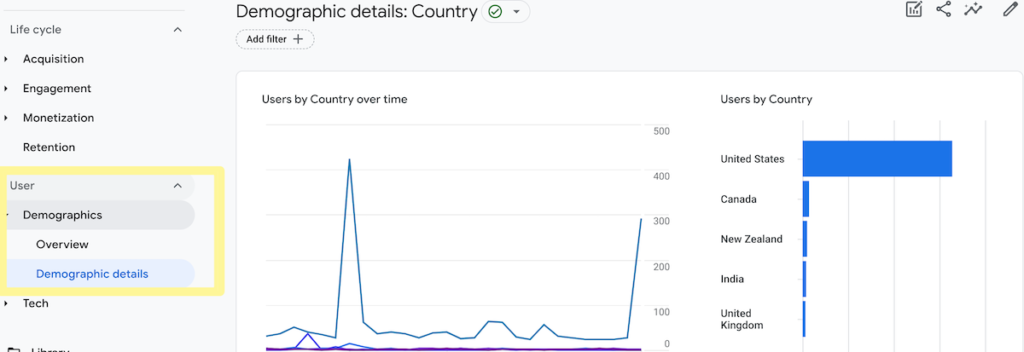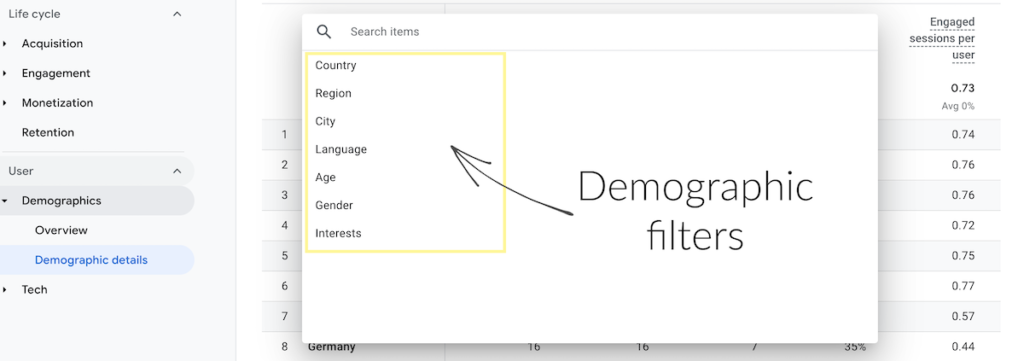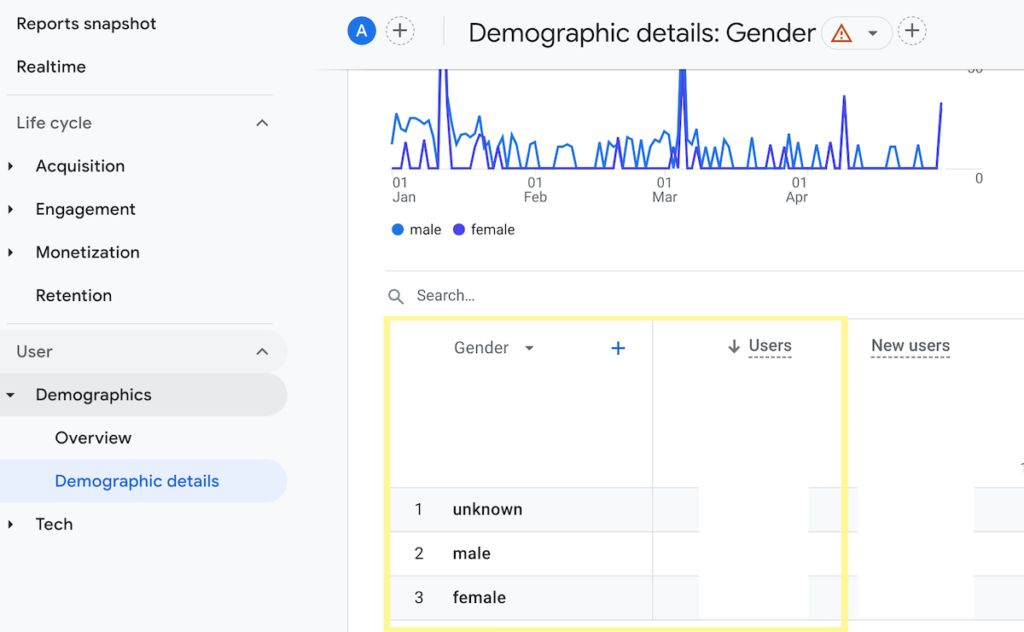Google Analytics 4 provides marketers with valuable insights into their website’s traffic and user behavior. One of the most useful features of Google Analytics 4 is its ability to provide detailed demographic information about website visitors. This information can be used to better understand your audience, tailor your marketing messages, and improve your website’s user experience. In this article, we will explore how to find demographic details in Google Analytics 4.
Step 1: Set Up Demographic Tracking
Before you can access demographic details in Google Analytics 4, you need to enable demographic tracking in your account. To do this, go to your Google Analytics 4 property and navigate to the Admin section. From there, click on “Data Settings” and then “Audience Definitions.” Finally, toggle on the switch next to “Enable Demographics and Interests.”

Step 2: View Demographic Data
Once you have enabled demographic tracking, you can view the demographic details of your website visitors by navigating to the “Audience” section of Google Analytics 4. From there, click on “Demographics” and then “Overview.” Here, you will see a breakdown of your website visitors by age and gender.
If you’re looking to see the audience interests including their Affinity interests and In-Market Segments, just toggle down to “interests” and this information will be displayed.



Step 3: Analyze Demographic Data
Now that you have access to your website’s demographic data, it’s time to analyze it. Look for trends and patterns in the data, such as whether your website is attracting more male or female visitors, or whether visitors in a certain age range are more likely to convert. This information can be used to tailor your marketing messages and improve your website’s user experience.
Step 4: Use Demographic Data to Improve User Experience
One of the most valuable uses of demographic data in Google Analytics 4 is to improve your website’s user experience. By understanding the age and gender of your website visitors, you can design your website’s layout and content to better appeal to your target audience. For example, if you find that your website is attracting more female visitors, you may want to use more feminine colors and imagery on your site.
Step 5: Tailor Marketing Messages
Demographic data can also be used to tailor your marketing messages. By understanding the age and gender of your website visitors, you can create targeted advertising campaigns that are more likely to resonate with your target audience. For example, if you find that your website is attracting more visitors in their 20s, you may want to create social media ads that appeal to this age group.
Demographic data is a powerful tool for understanding your website’s audience and improving your marketing efforts. By following these steps, you can easily access and analyze demographic data in Google Analytics 4, and use it to improve your website’s user experience and tailor your marketing messages to your target audience.
Read more about best digital marketing practices

Pingback: How to Find Bounce Rate on Google Analytics 4
Pingback: How is GA4 Real Time User Tracking Different from the Original Google Analytics? - Digital Marketing CEO
Comments are closed.